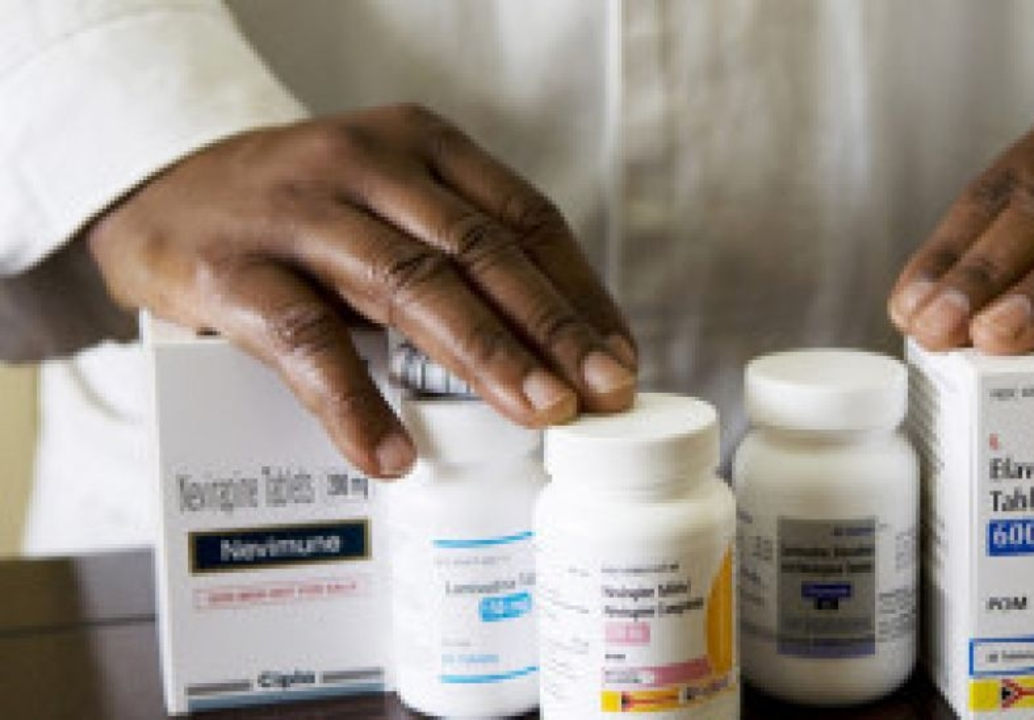Pediatric HIV Care: What Parents and Caregivers Need to Know
Finding out a child has HIV is scary. But modern care works — many children with HIV live healthy lives when they get the right treatment and support early. This page gives clear, practical steps you can take right now: how diagnosis works, why early treatment matters, everyday care tips, and where to get help.
Getting the Right Diagnosis and Starting Treatment
If a baby is exposed to HIV during pregnancy, birth, or breastfeeding, testing should start soon after birth. Infants need special PCR tests; older children usually get antibody tests. If a child tests positive, start antiretroviral therapy (ART) as soon as possible. Early ART reduces the risk of illness and helps normal growth and development.
Talk to your clinic about drug choices, dosing by weight, and how long the child will need treatment. Staff should explain side effects and how you’ll monitor the child’s response with regular blood tests. If you don’t understand something, ask for a simple explanation — you have the right to clear instructions and a written plan.
Daily Care, Monitoring, and Practical Tips
Daily life with pediatric HIV centers on consistent medication, routine checkups, and keeping the child healthy. Use a pill box or dosing chart to track doses and times. Set phone alarms or link doses to daily routines like meals. If a child spits out medicine or refuses, ask the clinic for child-friendly formulations or flavoring tips.
Regular follow-up visits monitor viral load, immune health, growth, and side effects. Vaccinations are usually recommended but may follow a special schedule — discuss which vaccines and when with your provider. Keep a growth chart and note developmental milestones so you can spot and report delays early.
Nutrition and sleep matter. A balanced diet supports the immune system and growth; basic vitamin and mineral support can be helpful if recommended by your clinic. Treat common infections quickly — even mild illnesses can affect a child with HIV, so call your provider early when symptoms start.
Mental health and stigma are real issues. Kids may feel different or face bullying. Connect with local support groups, counselors, or community health workers who know pediatric HIV. Schools can often make accommodations; provide teachers with a care plan if you’re comfortable doing so.
If you’re pregnant or planning a pregnancy, ask about prevention of mother-to-child transmission. With proper treatment during pregnancy, delivery, and breastfeeding guidance, transmission risk can be very low. Partners and family members should also be offered testing and treatment when needed.
Finally, keep paperwork and medication lists handy. Emergency contacts, clinic phone numbers, and a simple medicine schedule saved on your phone can make a big difference when things get busy.
Need more help? Reach out to your local pediatric HIV clinic or community health program — they can connect you with medicines, counseling, and practical supports in your area.
The role of atazanavir in pediatric HIV care
As a blogger, I've been researching the role of atazanavir in pediatric HIV care, and I've found some significant information. Atazanavir is a protease inhibitor that has shown promising results in the treatment of HIV-infected children and adolescents. It is known for its once-daily dosing, low pill burden, and tolerability, making it an attractive option for pediatric patients. Furthermore, it has been shown to have a lower risk of lipid abnormalities compared to other protease inhibitors. Overall, atazanavir can play a crucial role in improving the quality of life for children living with HIV.
More
